Francisco José de Goya y Lucientes
51 / 141
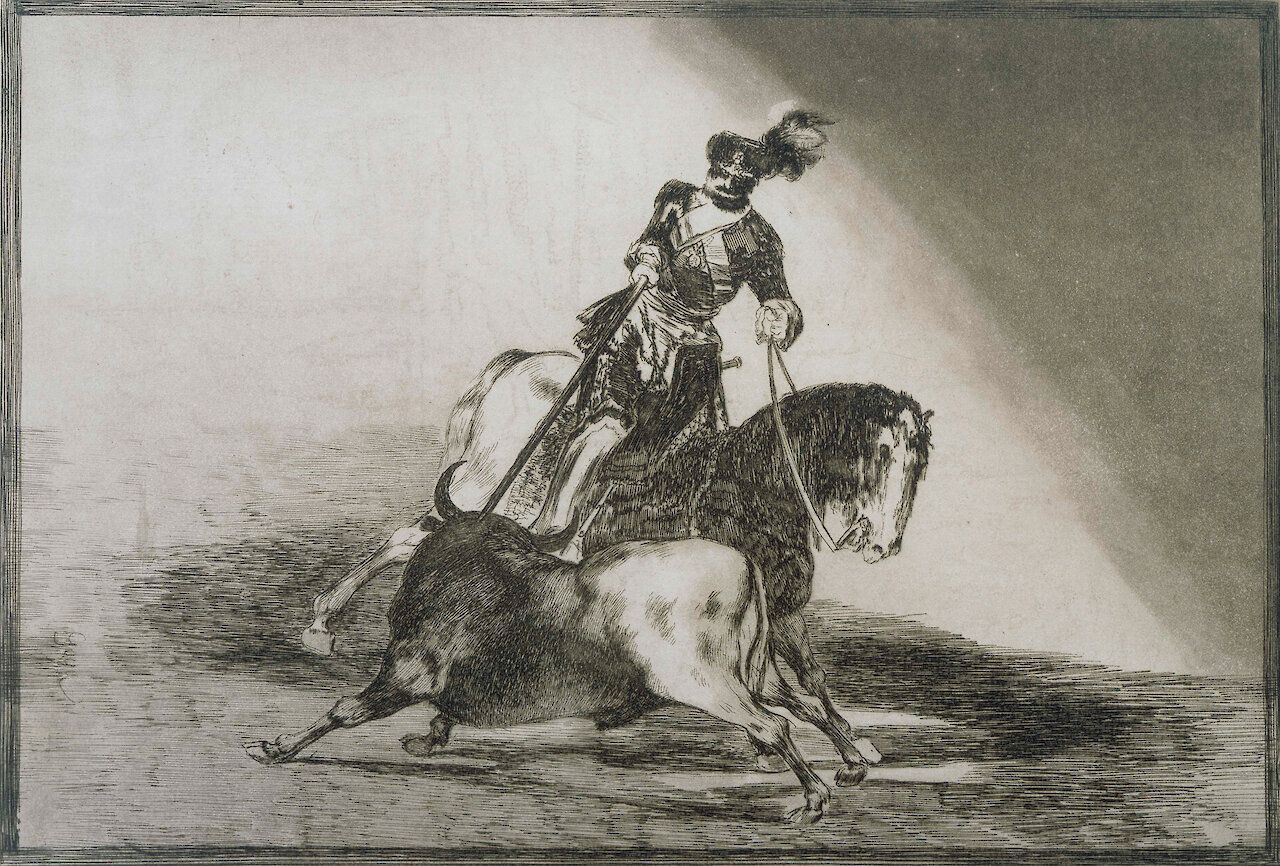
Charles Quint Lançant Un Taureau
by Francisco José de Goya y Lucientes, circa 1700–1800
- Medium
- Etching and aquatint on paper
- Dimensions
- 8 5/8 x 12 1/2 in.
- Credits
- Gift of Marjorie Phillips, 1985
- Notes
Undated. 18th century or earlier.
- Location
- The Phillips Collection

The Dwarf, Diego de Acedo (known as el Primo)
by Francisco José de Goya y Lucientes, 1778
- Medium
- Etching, working proof retouched with crayon
- Dimensions
- Platemark: 8 1/2 x 6 1/8 in. (21.6 x 15.6 cm). On sheet 12 7/8 x 9 7/16 in. (32.7 x 23.9 cm)
- Credits
- Cincinnati Art Museum. Bequest of Herbert Greer French.
- Location
- Cincinnati Art Museum
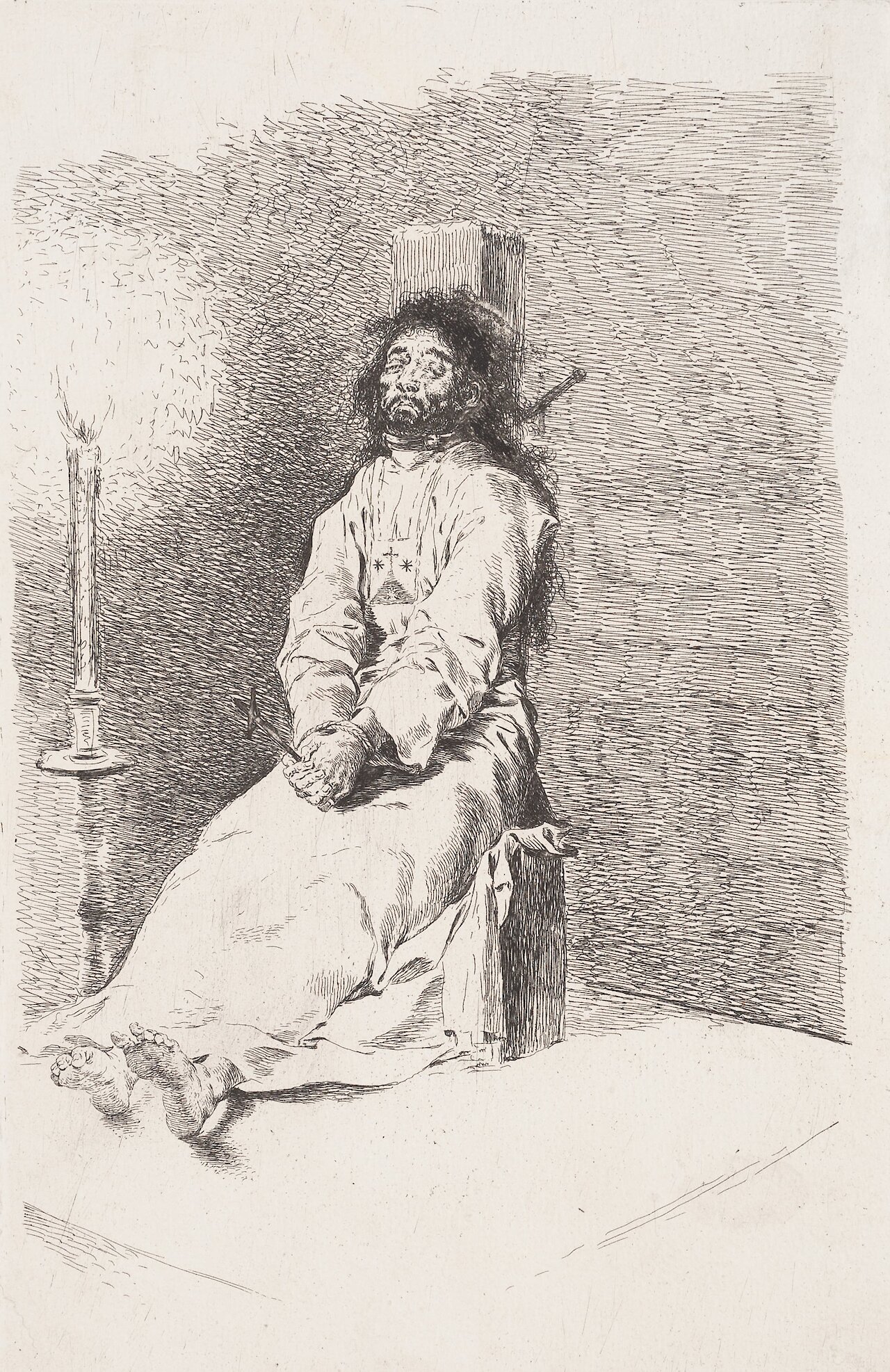
Le Garrote (The Garroted Man)
by Francisco José de Goya y Lucientes, 1778–1780
- Medium
- Etching, 1st state
- Dimensions
- Platemark: 12 13/16 x 8 7/16 in. (32.6 x 21.4 cm). On sheet: 14 9/16 x 9 3/8 in. (37 x 23.8 cm)
- Location
- Cincinnati Art Museum
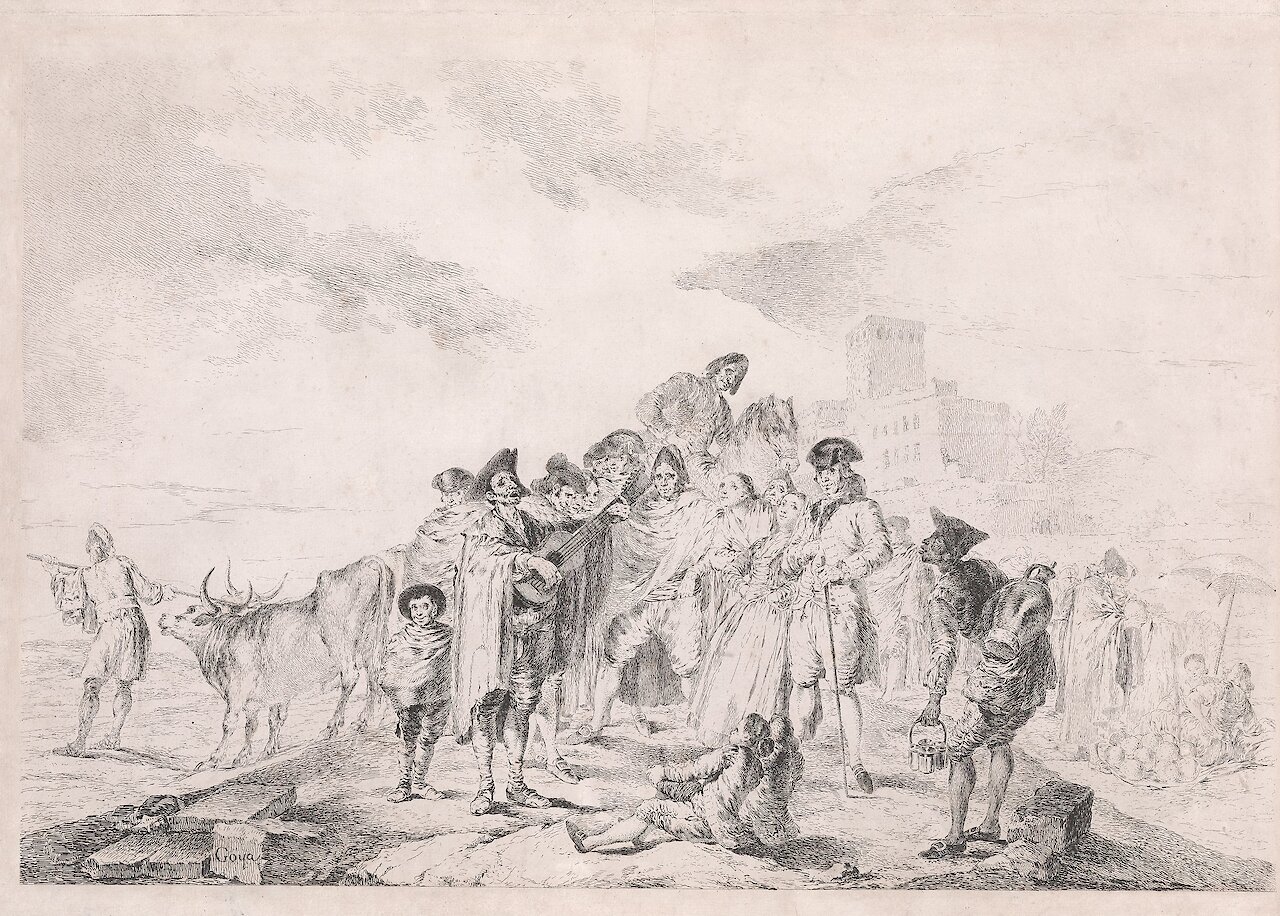
El ciego de la guitarra (The Blind Guitarist)
by Francisco José de Goya y Lucientes, circa 1778
- Medium
- Etching
- Dimensions
- Platemark: 14 1/4 × 21 1/4 in. (36.2 × 54 cm); sheet: 21 7/8 × 15 3/4 in. (55.5 × 40 cm)
- Credits
- Gift of Henry H. Pierce, Jr.
- Location
- Yale University Art Gallery
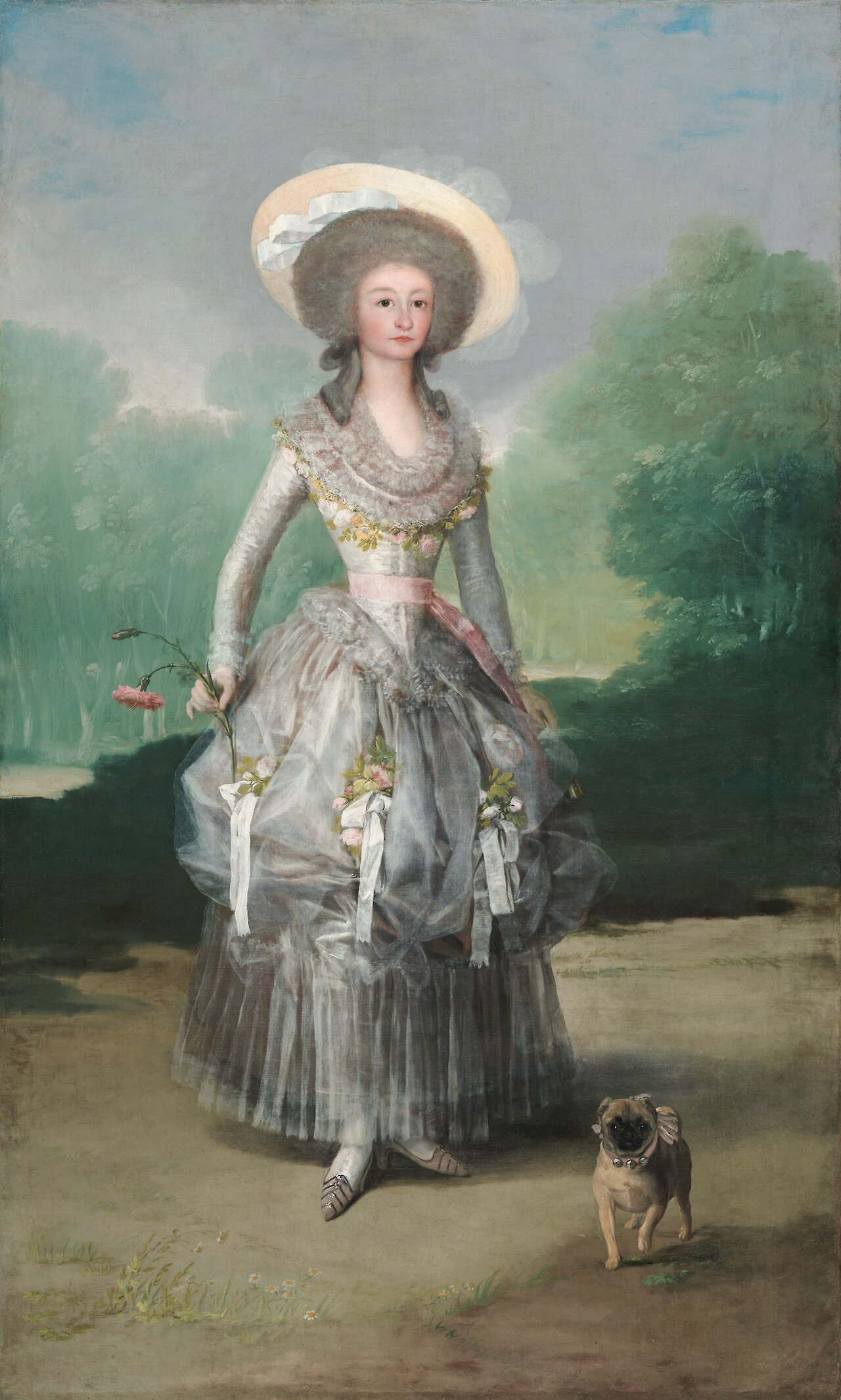
The Marquesa de Pontejos
by Francisco José de Goya y Lucientes, 1786
- Medium
- Oil on canvas
- Dimensions
- 210.3 x 127 cm (82 13/16 x 50 in)
- Credits
- Andrew W. Mellon Collection.
- Location
- National Gallery of Art
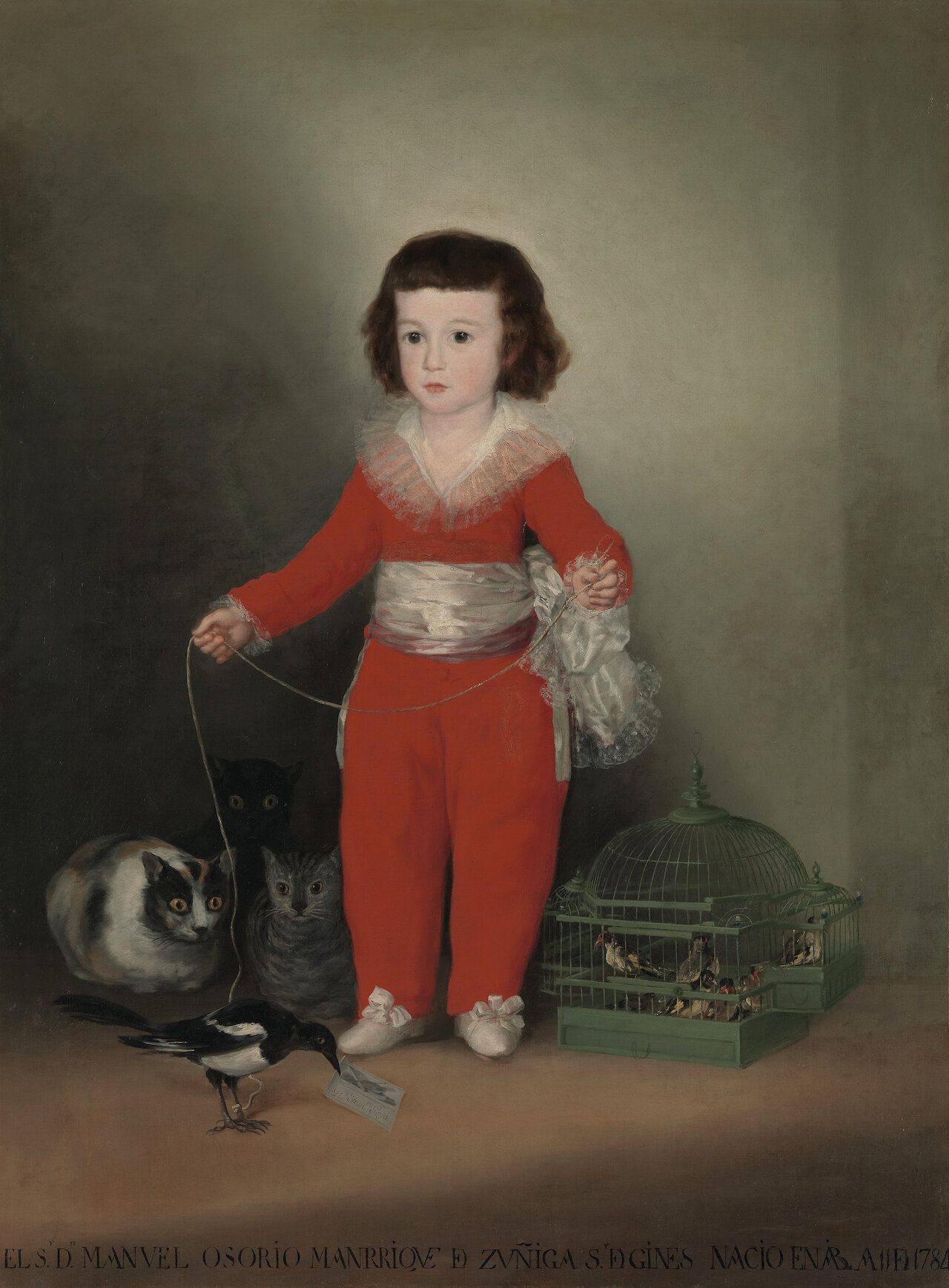
Manuel Osorio Manrique de Zuñiga (1784–1792)
by Francisco José de Goya y Lucientes, circa 1787–1788
- Medium
- Oil on canvas
- Dimensions
- 50 x 40 in (127 x 101.6 cm)
- Credits
- The Jules Bache Collection, 1949.
- Location
- The Metropolitan Museum of Art (The Met)
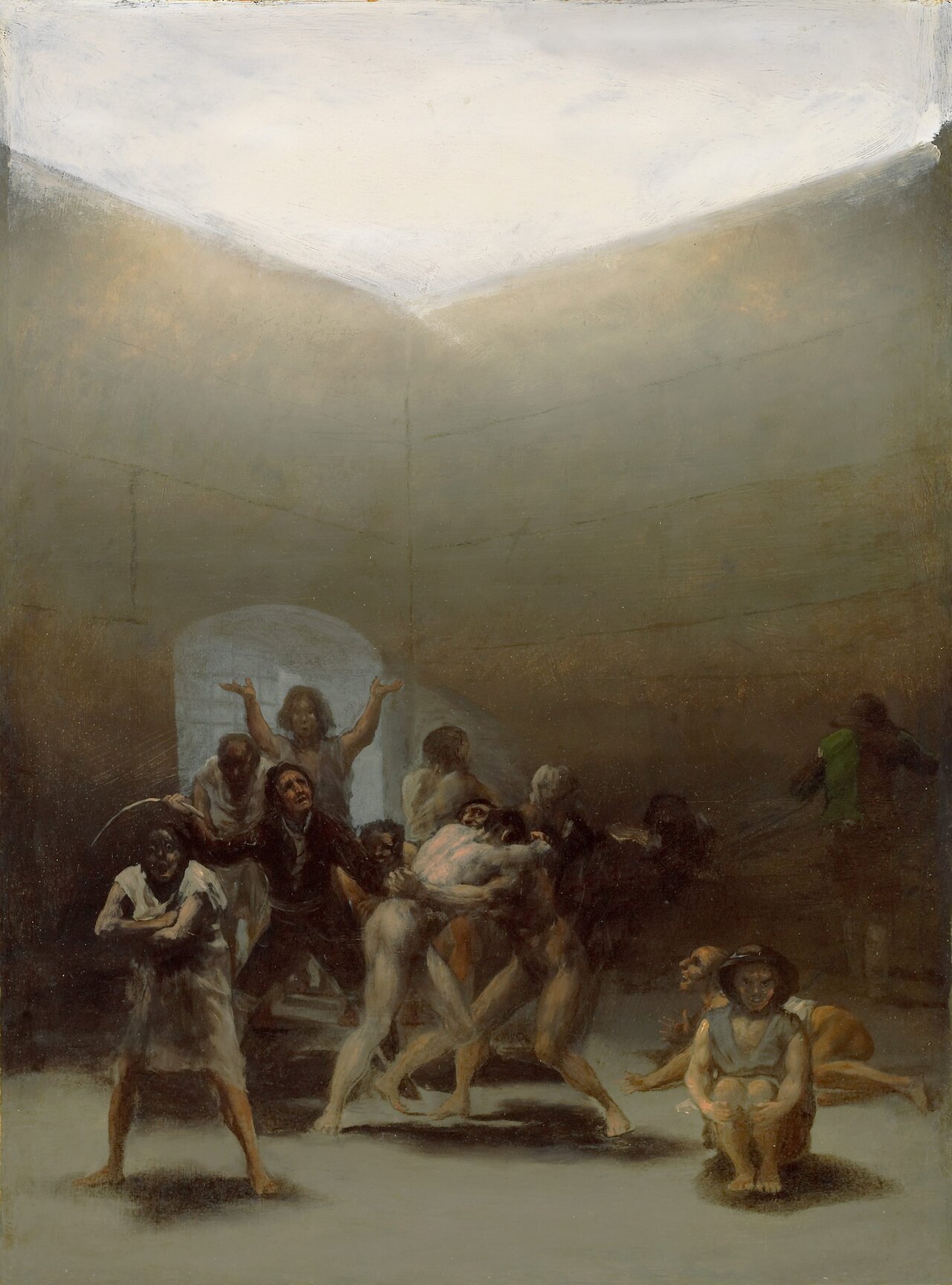
Yard with Madmen
by Francisco José de Goya y Lucientes, 1794
- Medium
- Oil on tin-plated iron
- Dimensions
- 16 7/8 x 12 3/8 in (42.9 x 31.4 cm)
- Credits
- Meadows Museum, SMU, Dallas. Algur H. Meadows Collection, MM.67.01. Photography by Michael Bodycomb.
- Location
- Meadows Museum
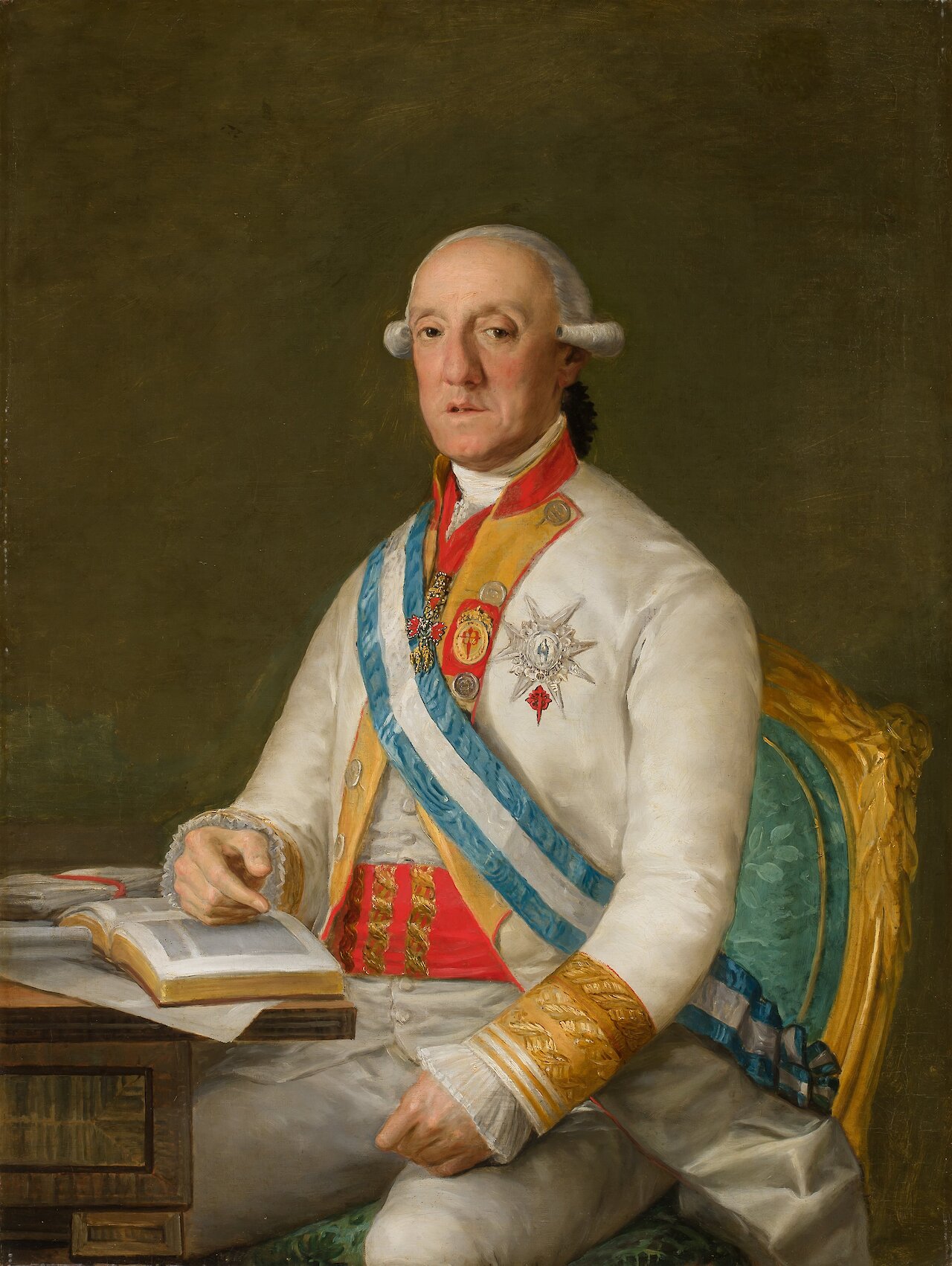
Vicente Maria de Vera de Aragon, Duque de la Roca
by Francisco José de Goya y Lucientes, circa 1795
- Medium
- Oil
- Dimensions
- 42 5/8 in x 32 1/2 in (108.27 cm x 82.55 cm)
- Location
- San Diego Museum of Art
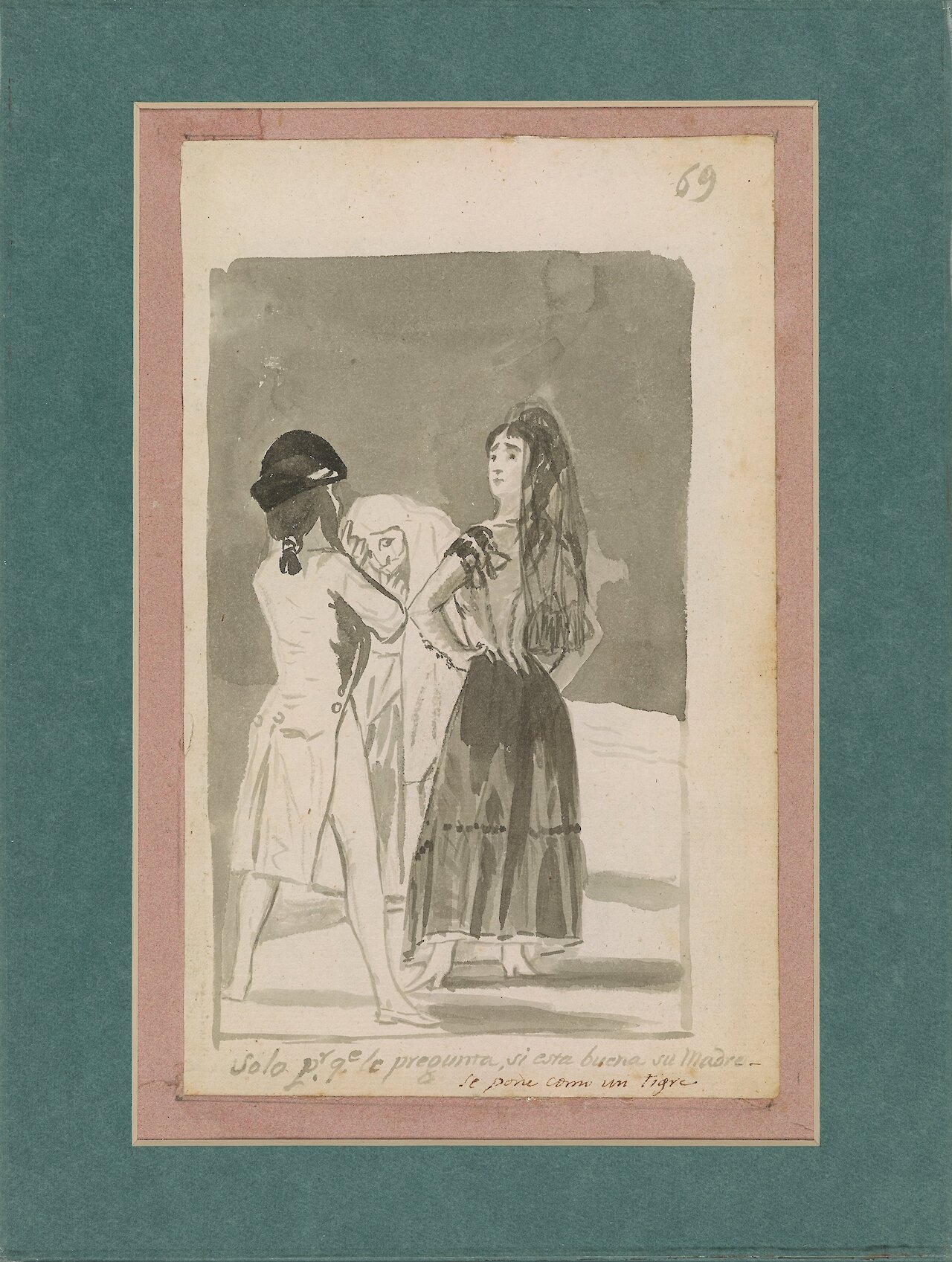
Just Because She Is Asked if Her Mother Is Well She Acts Like a Tigress (Solo porque le pregunta, si esta buena su madre se pone como un tigre)
by Francisco José de Goya y Lucientes, 1796–1797
- Medium
- Gray wash
- Dimensions
- 9 1/4 x 5 3/4 in.
- Credits
- Thaw Collection, The Morgan Library & Museum. Photography by Graham S. Haber.
- Location
- Morgan Library & Museum
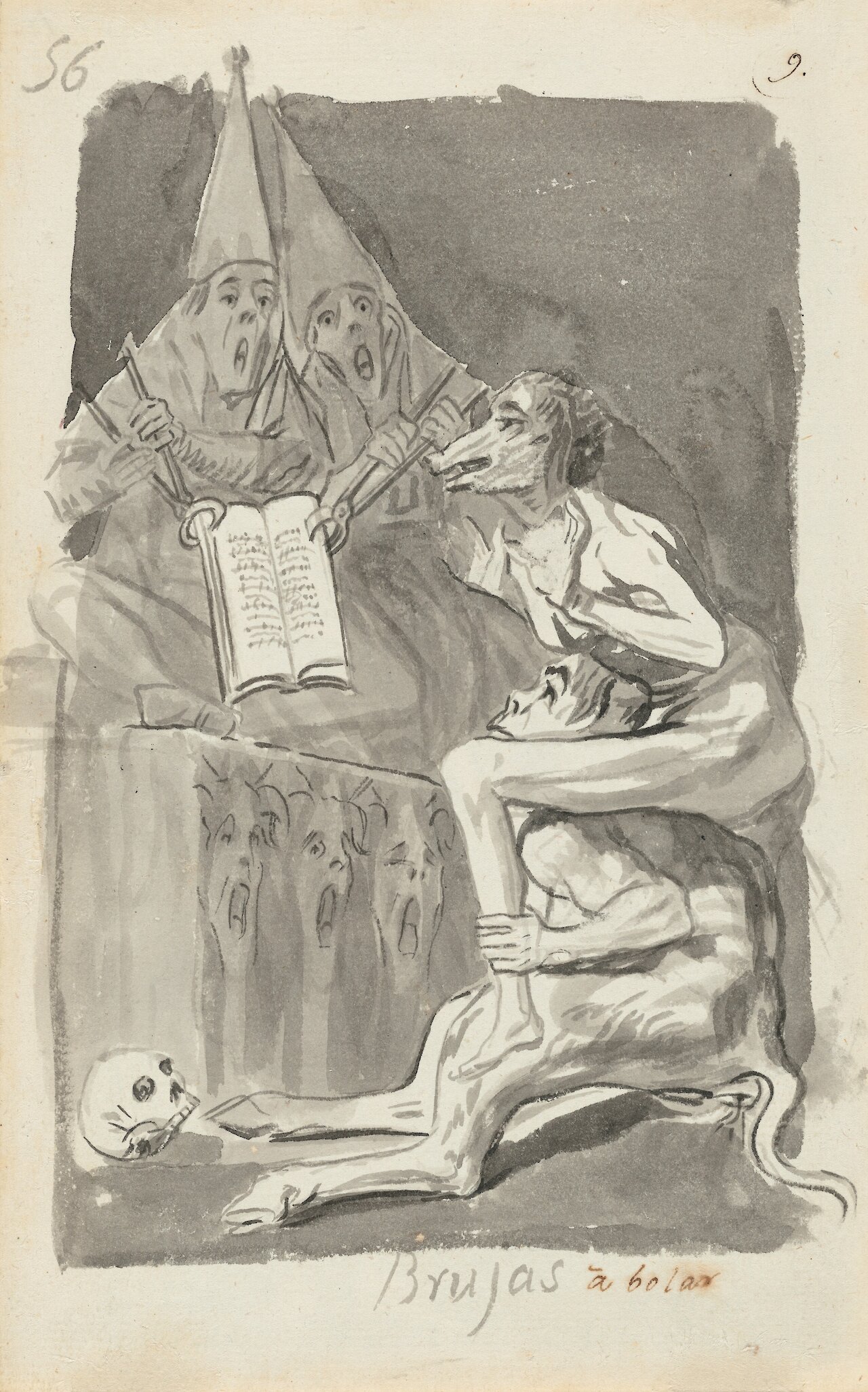
Brujas à volar (Witches Preparing to Fly)
by Francisco José de Goya y Lucientes, circa 1796–1797
- Medium
- Brush and black ink and gray wash on laid paper
- Dimensions
- 23.7 × 15 cm (9 5/16 × 5 7/8 in)
- Credits
- Woodner Collection.
- Location
- National Gallery of Art